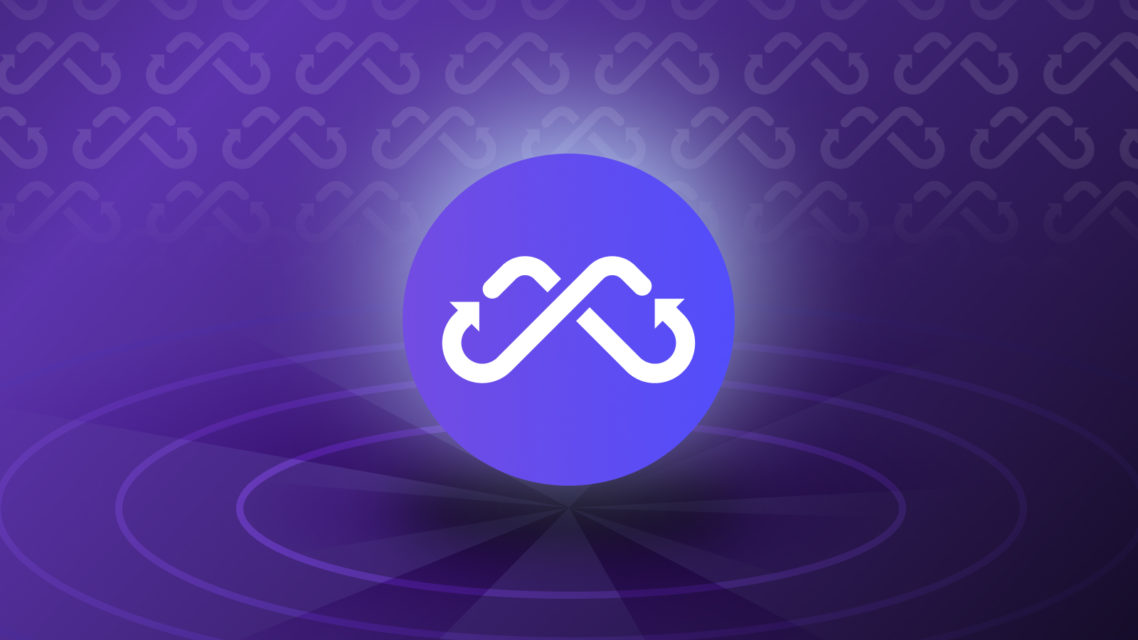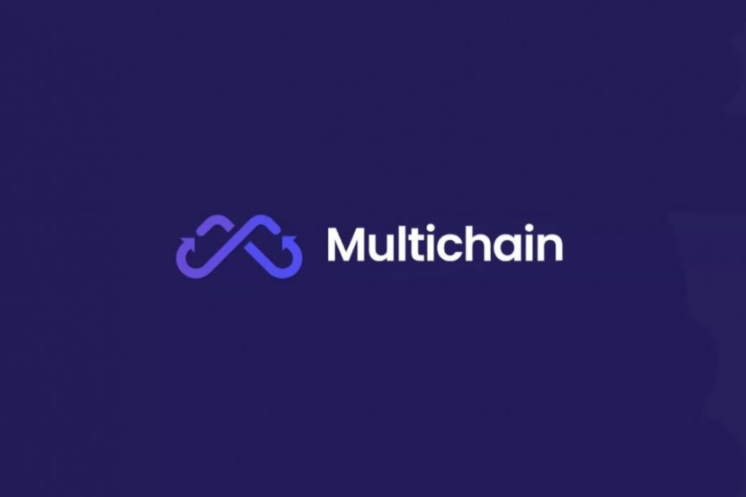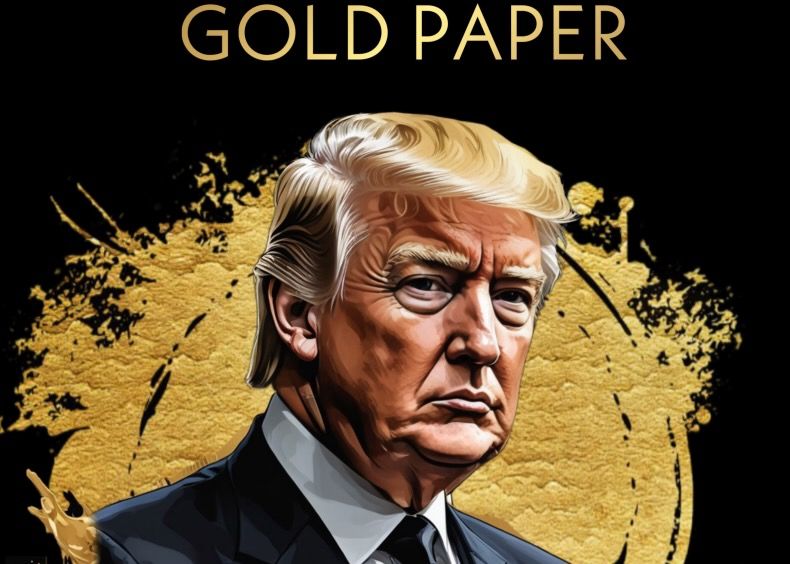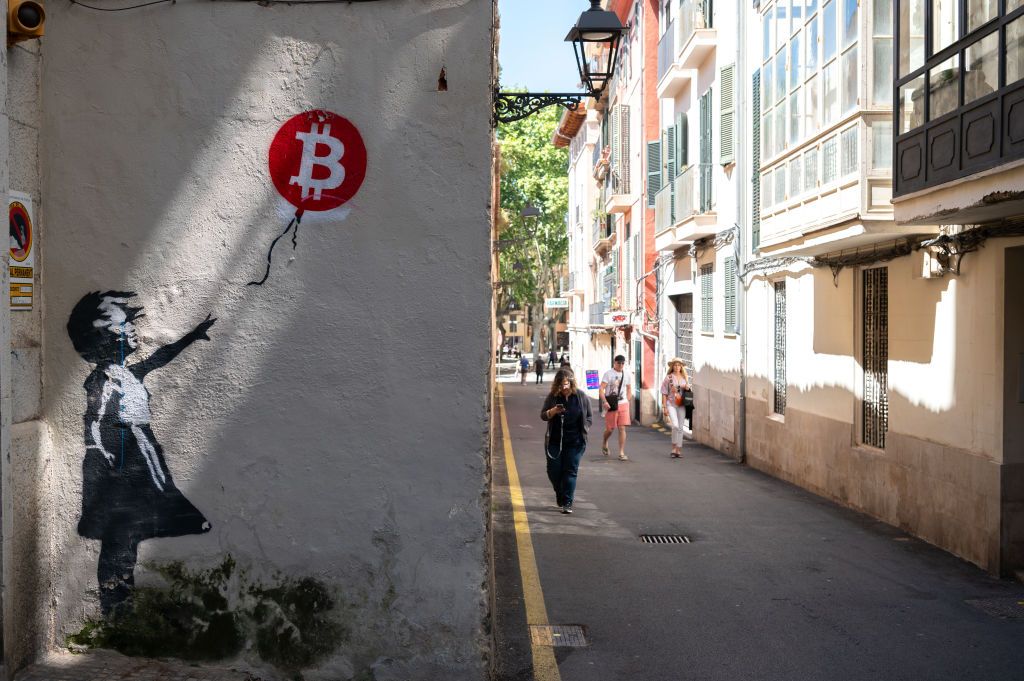Multichain is a bridge platform for cryptocurrencies and NFTs between blockchains. Multichain, formerly known as Anyswap, allows users to bridge via stablecoins or liquidity pools.
What is Multichain?
Multichain is an open-source, cross-chain routing protocol that allows users to bridge blockchains to tokens. The project was founded in July 2020 and has since been rebranded as Multichain. Binance also provided $350,000 to Multichain as part of its acceleration program, and Binance Labs spearheaded a $60 million investment round. This round includes Tron Foundation, Sequoia Capital and IDG Capital.
What is MULTI Coin?
Multichain; It supports over 74 networks, including BNB Chain, Fantom, and Harmony. Users can seamlessly transfer assets between blockchains via Cross-Chain Bridges and Cross-Chain Routers. The protocol also has a governance token, MULTI coin, to allow holders to participate in the upcoming governance mechanism of the project.
MULTI is Multichain’s governance token. Previously, ANY governance token was issued under the name Anyswap. Users can now convert any to MULTI 1:1 via the Multichain website. This mechanism means that MULTI’s total supply will be 100 million if all ANY holders convert their tokens. The protocol also features veMULTI, which allows token holders to stake MULTI for Multichain bridge fee rewards. Owners can also vote on governance proposals through the veMULTI framework.

How Multichain Works
At a basic level, Multichain uses two methods to bridge tokens. The first uses smart contracts to lock coins on one blockchain and mint-wrapped tokens on another blockchain. When this is not possible, it uses a network of liquidity pools across chains to trade bridged tokens. Usually all these operations can be done in under 30 minutes.
Multichain supports Ethereum Virtual Machine (EVM) networks and various blockchain networks using different technologies such as Cosmos and Terra. MULTI also offers a similar bridging service for NFTs (Non-Fungible Tokens). Projects that want to bridge their tokens can work with Multichain to issue them to new blockchains. Moreover, this service is free and can be completed in less than a week.
Bridging
When transferring between chains, Multichain uses a standard crypto fixing mechanism for some coins. Imagine you want to connect BNB to Ethereum from BNB Chain. Multichain will lock your BNB in a smart contract on BNB Chain and then issue a BNB token pegged in Ethereum. This will be done in a 1:1 ratio. The option in question, on the other hand, was the original service offered by Multichain when running as Anyswap.
Liquidity Pools
Not all coins can be bridged using the MPC method above. Some coins, for example USDC, are already available in their native form on multiple blockchains. You will need to trade your tokens to bridge your assets here.
As always, the swap involves the need for liquidity. Someone will have to trade with you for the coin you want, which can come in the form of liquidity pools. Other users can provide their tokens as liquidity for a share of the transfer fees.

Cross-Chain Routers
The Multichain Router receives a user’s request and uses the appropriate one of the two methods outlined above. This feature simplifies the bridging user experience. All supported assets can be transferred between multiple chains, whether they are native tokens or bridged by Multichain. Some projects with native tokens on several chains, but not others, can bridge a hybrid approach using Multichain.
SMPC Nodes
The protocol is maintained by a network of nodes known as Secure Multilateral Computing (SMPC). These nodes are independent entities that can collectively sign transactions. Using a Distributed Key Generation algorithm, each node independently owns a portion of the private key. Not all private keys will ever be visible, let alone the possibility of exposure. This ensures decentralization and security, avoiding single points of failure. Multichain MPC network 2.0 consists of open nodes run by the community and partners. This provides enhanced performance and greater localization.
How to Buy MULTI Coins?
To buy MULTI, it is first necessary to know the exchanges where this cryptocurrency is listed. Then you have to create an account on one of these exchanges and log in to the account. After logging into the account, you must load the balance into the passbook. The balance can be loaded by credit or debit cards, or by bank transfer.
After loading the balance, the desired amount of MULTI can be purchased. Cryptocurrency exchanges where you can buy MULTI coinsis as follows:
- Binance
- Coinbase Exchange
- Kraken
- PancakeSwap v2
- SpookySwap
- SushiSwap
- solidly







